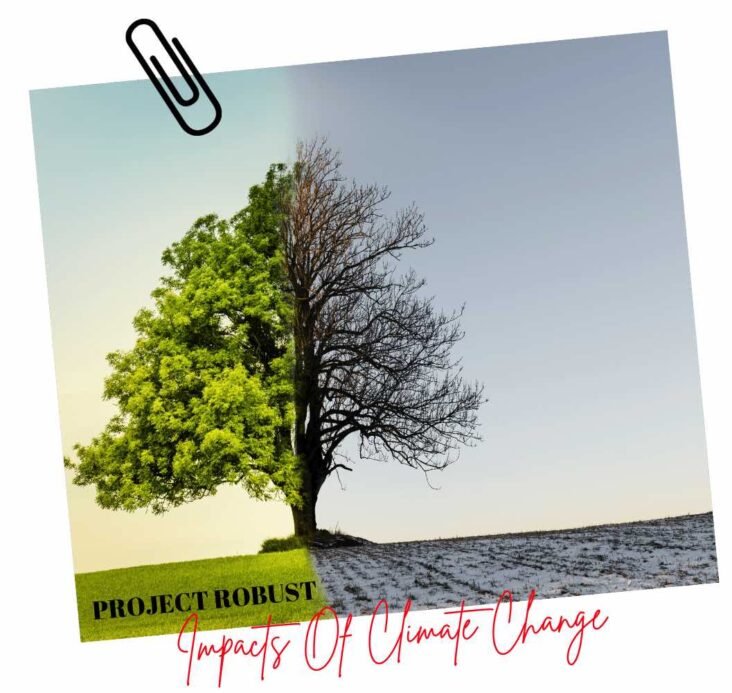Severe weather conditions such as hurricanes, floods, landslides, cyclones and drought, and other climatic conditions such as temperature rises, water scarcity and an increase in sea level are the common climatic challenges. These climatic problems pose a tremendous threat to the subsistence and well-being of communities and households every year.
These extreme weather conditions usually wreak havoc by disrupting essential services, diminish farm productivity, and destroy infrastructure and houses with rising frequency. Hence it is more crucial than ever to understand the impacts of these climatic events on the community well-being and take preventive actions to integrate them with all the projects and investments, despite their industry, nature of operations, and financing.
Moreover, to help people overcome the vulnerabilities of natural disasters, every factory, building, transportation infrastructure, or any other structure must always get designed after considering the potential climatic risk and odds of casualties. This concerns especially the projects developed by the World Bank. Consequently, to help people get higher project development advantages, it is imperative to ensure that the investments to deal with climate change are adequate and throughout their lifetimes.
Furthermore, to help align climate and development, the World Bank Group recently launched a Resilience Rating System under its Climate Change Action Plan 2021-2025. This resilience rating system renders a simplistic way to evaluate and compute the resilience and adaptation considerations integrated into the project designs.
After the complete evaluation, this resilience system offers grades to the project from C to A+ depending on the robustness of the project design to mitigate climatic risks and its enrichment to building the resilience of beneficiaries. In addition, to achieve an A+ rating, projects must demonstrate that a disaster and climate risk inspection got incorporated in their economic analysis.
Also, they must explain the risk reduction methods they exercised in their project development. Hence, we can say that this implementation of the resilience system can help a project assess its economic feasibility and further boost the project’s capacity to present desired outcomes, regardless of the climate risks.
This post was created with our nice and easy submission form. Create your post!






Comments